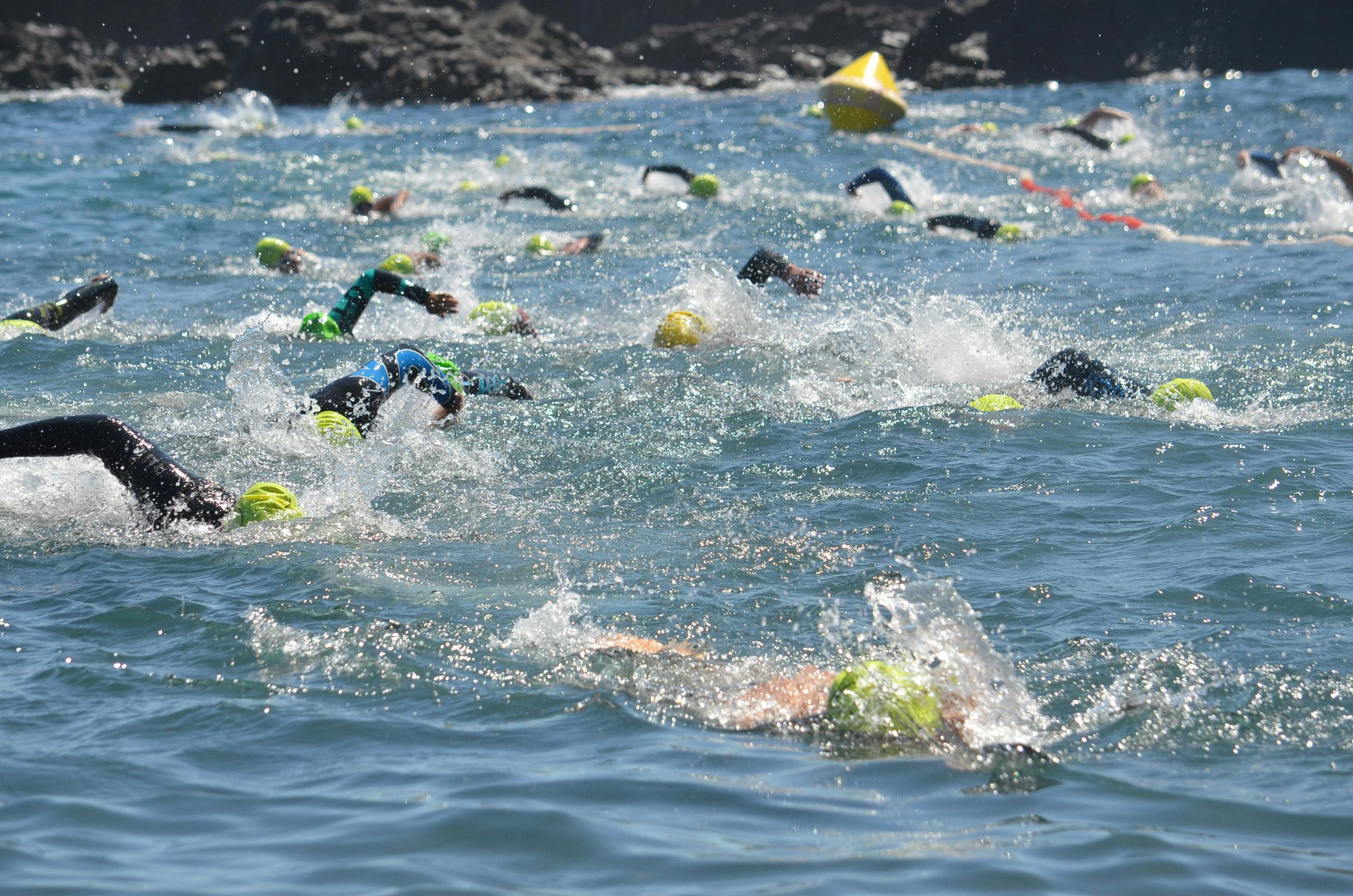
30 Nov The Benefits of Massage After a Triathlon: Recharge Your Body and Mind
Completing a triathlon is an incredible feat, blending endurance, strength, and mental grit across three disciplines—swimming, cycling, and running. Whether you’re a beginner or a seasoned triathlete, the physical demands of the race push your body to its limits. Recovery is essential, and one of the most effective ways to aid this process is through massage therapy! Here’s why incorporating massage into your post-triathlon routine is a game-changer for recovery and performance.
1. Eases Muscle Fatigue and Soreness
Triathlons challenge almost every muscle group, leading to widespread fatigue and soreness. Massage therapy provides targeted relief by:
- Reducing lactic acid build-up: Prolonged exertion during the race causes lactic acid to accumulate in the muscles, contributing to stiffness and discomfort. Massage helps flush out these by-products.
- Soothing tight muscles: A triathlon often involves repetitive motions that can lead to overworked or imbalanced muscles. Massage alleviates this tension and restores muscle elasticity.
- Relieving post-race DOMS (Delayed Onset Muscle Soreness): The release of muscles speeds up the healing process, reducing soreness in the days after the race.
2. Speeds Up Recovery
Proper recovery is essential after a triathlon, as it helps your body repair, rebuild, and prepare for future events. Massage supports this process by:
- Boosting circulation: Improved blood flow delivers oxygen and nutrients to fatigued muscles, accelerating tissue repair.
- Enhancing lymphatic drainage: This reduces swelling and inflammation, which are common after the intense physical effort of a triathlon.
- Preventing stiffness: A post-race massage improves flexibility and range of motion, keeping you mobile as you recover.
3. Reduces the Risk of Injury
The combination of swimming, cycling, and running puts significant stress on the body, particularly on joints, tendons, and connective tissues. Massage therapy helps mitigate injury risks by:
- Addressing areas of muscle imbalance or tension that could lead to overuse injuries.
- Identifying potential problem areas, allowing you to address them proactively before they worsen.
- Promoting better alignment and posture, reducing strain on your body’s weakest links.
4. Promotes Mental Relaxation and Stress Relief
The mental aspect of a triathlon is as demanding as the physical one. The rigorous training, race-day pressure, and post-race fatigue can leave you feeling drained. Massage provides a mental reset by:
- Releasing endorphins, the body’s natural mood elevators, which improve your sense of well-being.
- Lowering cortisol levels, reducing stress and promoting relaxation.
- Offering a chance to reflect on your accomplishment while enjoying a well-deserved moment of self-care.
5. Improves Long-Term Performance
Regular massage doesn’t just help you recover—it enhances your overall athletic performance. By keeping your muscles healthy, flexible, and injury-free, massage allows you to train more effectively and consistently. Over time, this can lead to better race results and a more enjoyable experience during training.
Different massage techniques can be tailored to your needs, depending on where you are in your recovery journey:
- Post-Race Recovery Massage: A light, gentle massage in the first 24–48 hours after your race to alleviate soreness without aggravating inflammation.
- Deep Tissue Massage: A more intense massage a few days after the event, targeting deeper layers of muscle to relieve chronic tension and improve mobility.
- Sports Massage: Designed for athletes, this massage focuses on the muscles most taxed by swimming, cycling, and running, helping you prepare for your next race.
- Trigger Point Therapy: Releases specific areas of muscle tightness, reducing localized pain and tension.
When should I get a massage?
Timing matters when it comes to post-triathlon massage. For immediate relief, a gentle recovery massage can be done within 24 hours of your race. For deeper work, such as addressing muscle knots or tightness, it’s best to wait at least 48–72 hours to allow inflammation to subside.
Massage after a triathlon is more than a luxury—it’s a vital part of recovery that helps your body bounce back stronger and faster. By relieving soreness, speeding up recovery, preventing injuries, and offering mental relaxation, massage therapy ensures you’re ready to tackle your next training session or event with renewed energy and focus.
So, treat yourself to a massage after your next triathlon. Your body—and your future self—will thank you!
What’s your favorite recovery strategy after a triathlon? Let us know in the comments below!


Call: (02) 6674 4142